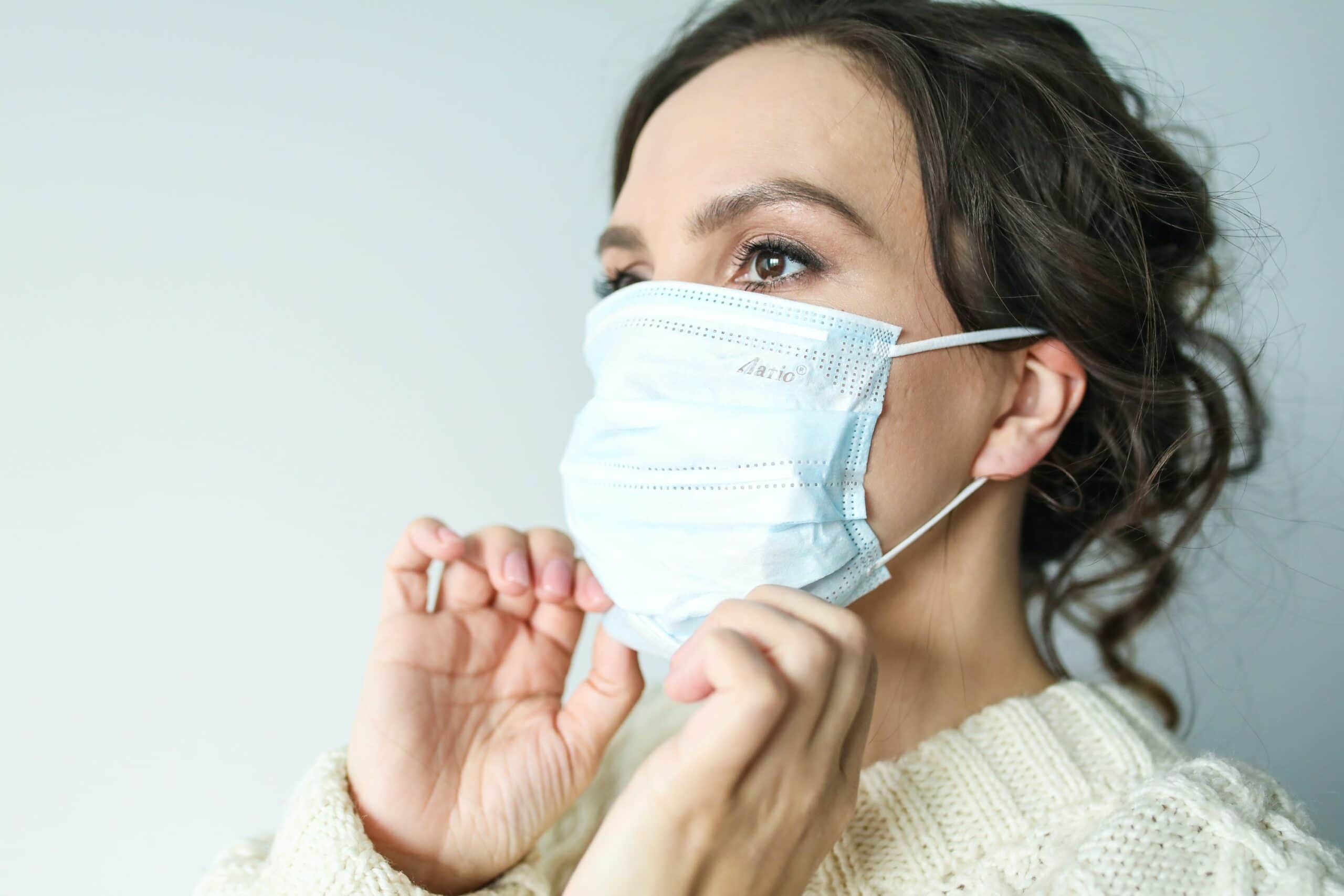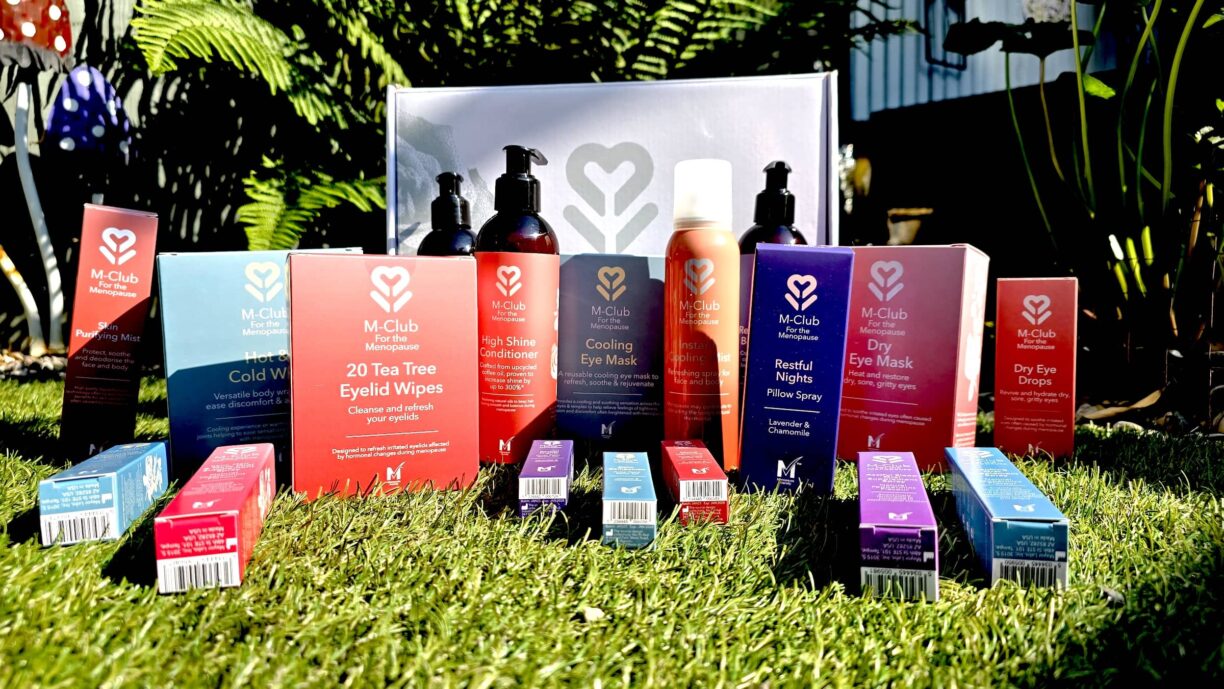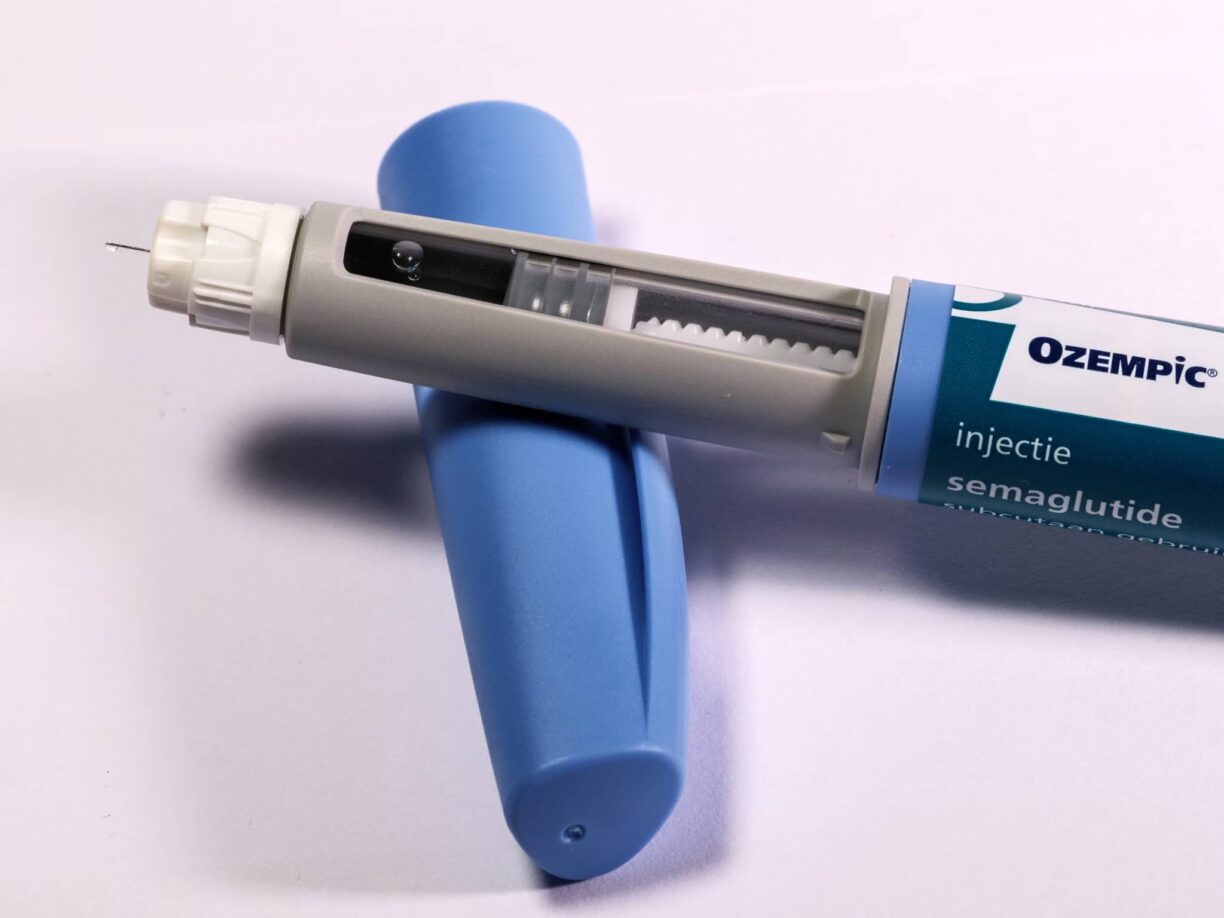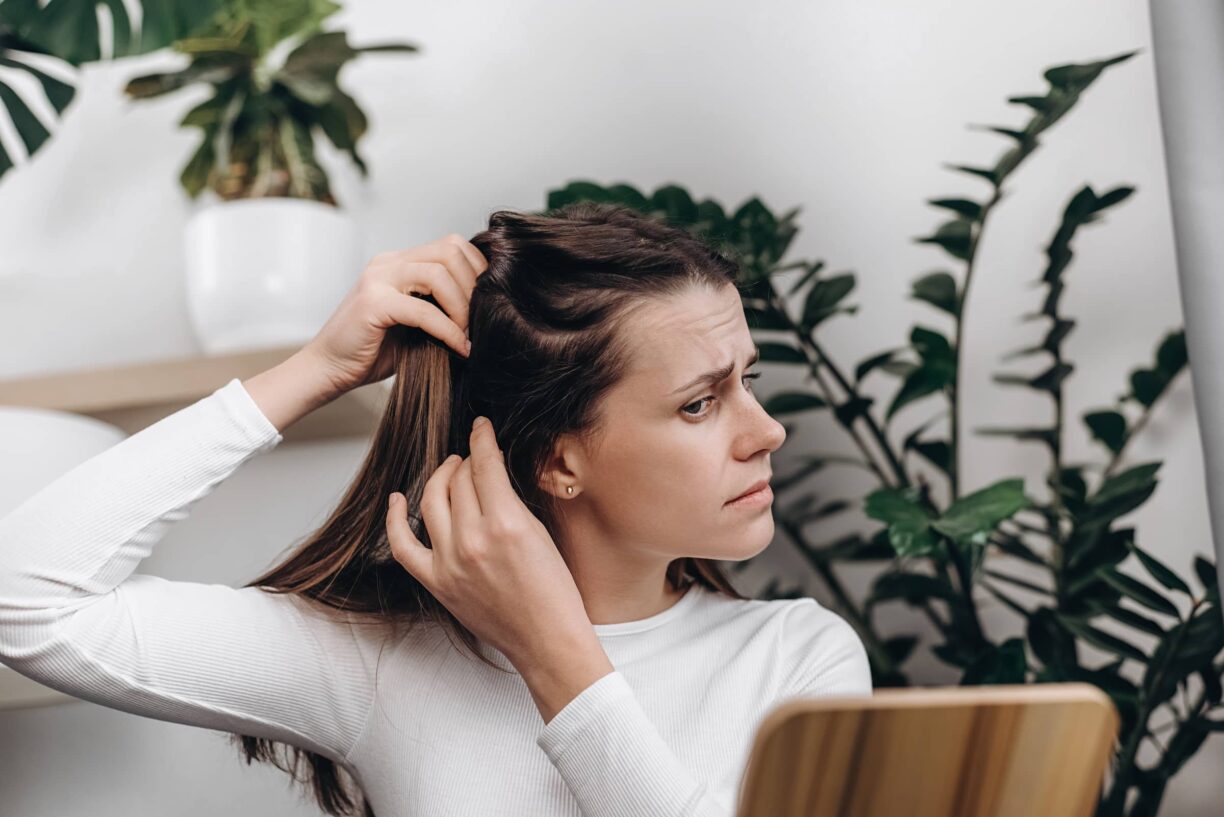For those working in the medical & health sectors, wearing a PPE grade mask is now compulsory.
However, the speed of the pandemic has brought new demand for face coverings with hundreds of products in the market, huge variations in price and quality and a lack of transparency in how face coverings’ performance and safety standards are measured.
For those in retail this can understandably be problematic, making the vital role of protecting staff and customers confusing and stressful.
Mike Murray, Chief Technical Officer of the leading European flexible foam and science-based materials company, The Vita Group, separates truth from fiction when it comes to face coverings and explains the key features essential for keeping staff and customers safe.
1) All face coverings adhere to minimum safety standards
FALSE! Unfortunately, there are currently no minimum safety standards for face coverings in the UK (in part due to the fact that the market has grown so rapidly, and legislation has not yet caught up).
More problematic, however, is the fact that there are a lot of misleading claims made about certain face covering’s performance. For example, one we often see is “protection on contact”.
Though this sounds impressive, it is a completely inappropriate metric to be measuring a face covering on, given that the filtration efficiency of the face covering will determine its efficiency.
So, in the absence of consistent guidelines, what should you look for? A good starting point is to look for Bacterial Filtration Efficiency % (BFE) rating which is an industry-accepted test, such as EN14683, performed on filtration materials that are designed to provide protection against biological aerosols, such as face mask, surgical gowns, caps, and air filters.
To be effective, a face covering’s BFE should be at least 70%, and if possible, much higher. The greater the BFE, the better protection a face covering offers the user from airborne bacteria and viruses.
In addition, *Centexbel, an independent scientific and technical research test centre in the European textile industry has recently developed a COVID-19 approved performance label for community face coverings. We anticipate this may become more common across the market in the months to come and it is another hallmark of quality.
2) Breathing valves add extra protection
GENERALLY FALSE – Many people navigate towards face coverings with breathing valves, under the impression they with help compensate against low breathability.
However, breather valves actually feature a one- way system – they filter air drawn through them but do not stop bacteria and viruses being exhaled.
Furthermore, in order to remain clean, breather valves must be changed regularly – increasing the risk of the user contaminating themselves. People can often forget to replace the filter, or even fit them incorrectly but continue to believe they are protected.
A face covering with a good bacterial filtration efficiency will not only allow satisfactory breathability, it also provides ease of maintenance through washing alone.
3) One-size-fits-all
FALSE! While face coverings that most general workplace use don’t need to be ergonomically fitted in the way they do for medical professionals, it is always better to choose a mask that is right for your face size and shape, rather than going down the one-size-fits-all route, especially if your staff are going to be wearing them for prolonged periods of time.
Most quality, re-usable face coverings come in a variety of sizes, which will ensure they fit snugly over the mouth and nose and therefore minimise the transfer of bacteria and droplets carrying viral load in the air.
Furthermore, an appropriately fitted face covering is more comfortable too, improving the chances of the user actually wearing it.
4) All face coverings follow strict UK health and safety guidelines
FALSE! Incredibly, there are an alarming number of face coverings on the market without qualification for their suitability for skin contact which could cause serious skin irritation on prolonged contact.
As with minimum filtration levels, there is little regulation in the market currently when it comes to skin-safe materials, so the responsibility falls on the consumer to ensure a particular face covering is safe.
One of the most useful standards we currently have in this respect is the ‘Oeko-Tex Standard 100’.
One of the world’s best-known independent labels for textiles tested for harmful substances. It stands for customer confidence and high product safety and is used across multiple industries.
For a procurement professional purchasing face coverings on behalf of a workforce or to stock in their stores this is a highly recommended standard to look for.
5) Face coverings stop working after a single use
TRUE AND FALSE! Single use paper masks should never be re-worn, and should always be replaced as they become damp, which can happen after a few hours, if not sooner.
As soon as a mask becomes damp, its filtration qualities may diminish. Higher quality 3-layer face coverings can be worn for a longer period of time, but protection levels may still vary.
For example, a face covering with multiple protective layers (look for at least three) will be effective for longer. Ultimately, there is some level of responsibility on the user to decide when a face covering is damp and needs replacing.
In all cases, however, re-usable face coverings should be washed daily and at a temperature which should be instructed on pack. For example, Vita Shield’s face coverings are effective for up to 50 washes. Always follow the care guidelines for optimal protection.
6) Only medical-grade masks will do
FALSE. The Centers for Disease Control and Prevention (CDC) does not recommend that the general public wear medical masks to protect themselves from respiratory diseases, including coronavirus (COVID-19).
Those are critical supplies that must continue to be reserved for health care workers and other medical first responders, as recommended by current CDC guidance.
Purchasing medical-grade masks for an entire workforce could prove expensive so considering the guidance it’s well worth choosing a more cost-effective re-usable face covering alternative which has been tested for bacterial filtration efficiency >90%, meets Oeko-tex Standard 100 and is *Centextbel Covid-19 approved.
7) Seam or Seamless… there’s no difference!
FALSE! With such a wide variety of face coverings available on the market, its often hard to know what style to go for and you may be under the impression that design and style plays no part in how protected you are. WRONG!
The use of seams in the centre part of a face covering actually creates potential for leakage – especially given that it is directly in the middle of the face in line with CWA 17553 Annex A recommendation to not make vertical seams, along the nose, mouth and chin.
If the seam is not robust, or begins to breakdown through wear and tear, then the stretch of the face covering could open this up, allowing the passage of airborne bacteria and viruses to bypass the filtering effect.
8) It’s better to buy cheap and disposable
GENERALLY FALSE. The type of face covering you procure for your staff will depend very much on your own business circumstances; for example, are staff in close contact, are they in regular contact with the general public?
For anyone wearing a face covering for more than a few hours a day, a re-usable mask will almost always end up being more cost effective. Face coverings should be valued on a cost-per-wear basis.
**Disposable masks tend to vary in price and cannot be re-used whereas a 50x re-usable face covering such as Vita Shield works out at just 10p per wear (based on *RRP).
If you scale this up to supply a workforce of thousands there are significant financial savings to be made.
But it’s not just about money, there is also significant reduction of potential waste by wearing re-usable face coverings compared to single use disposables.
Even with the hope of a vaccine on the horizon, face covering usage is unlikely to go away anytime soon.
As we have seen in Asia over the last decade, pandemics can embed face covering wearing into the public consciousness and they become more aware of hygiene and personal care.
It is a trend we are likely to see among many more groups for years to come. As such, it is important to get it right, as soon as possible, helping to protect, helping to reduce potential waste and ultimately helping to minimise the spread of coronavirus.





